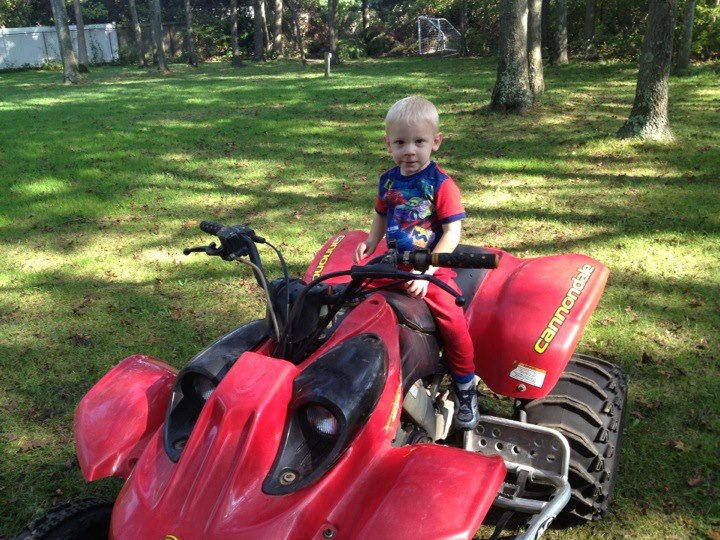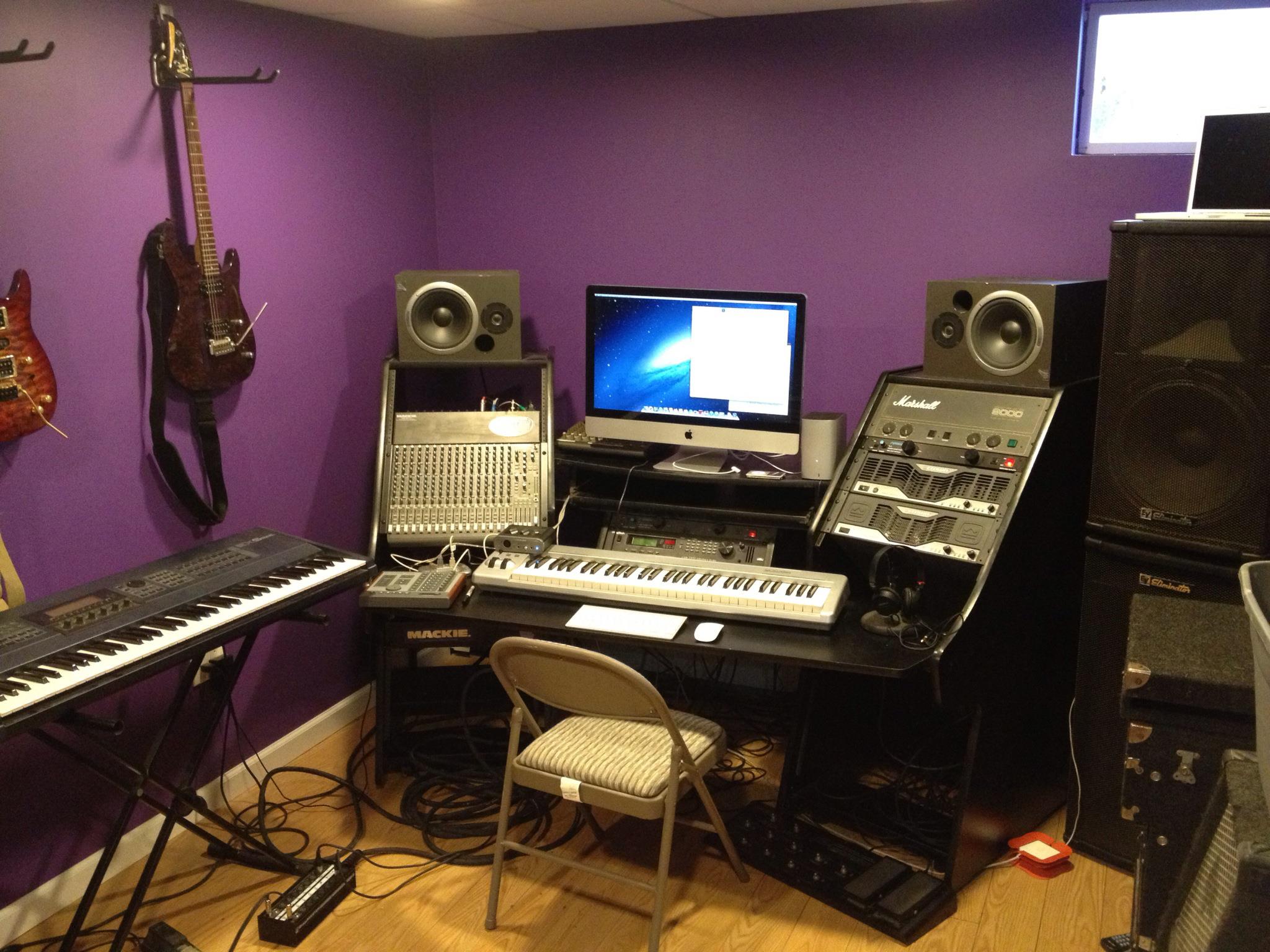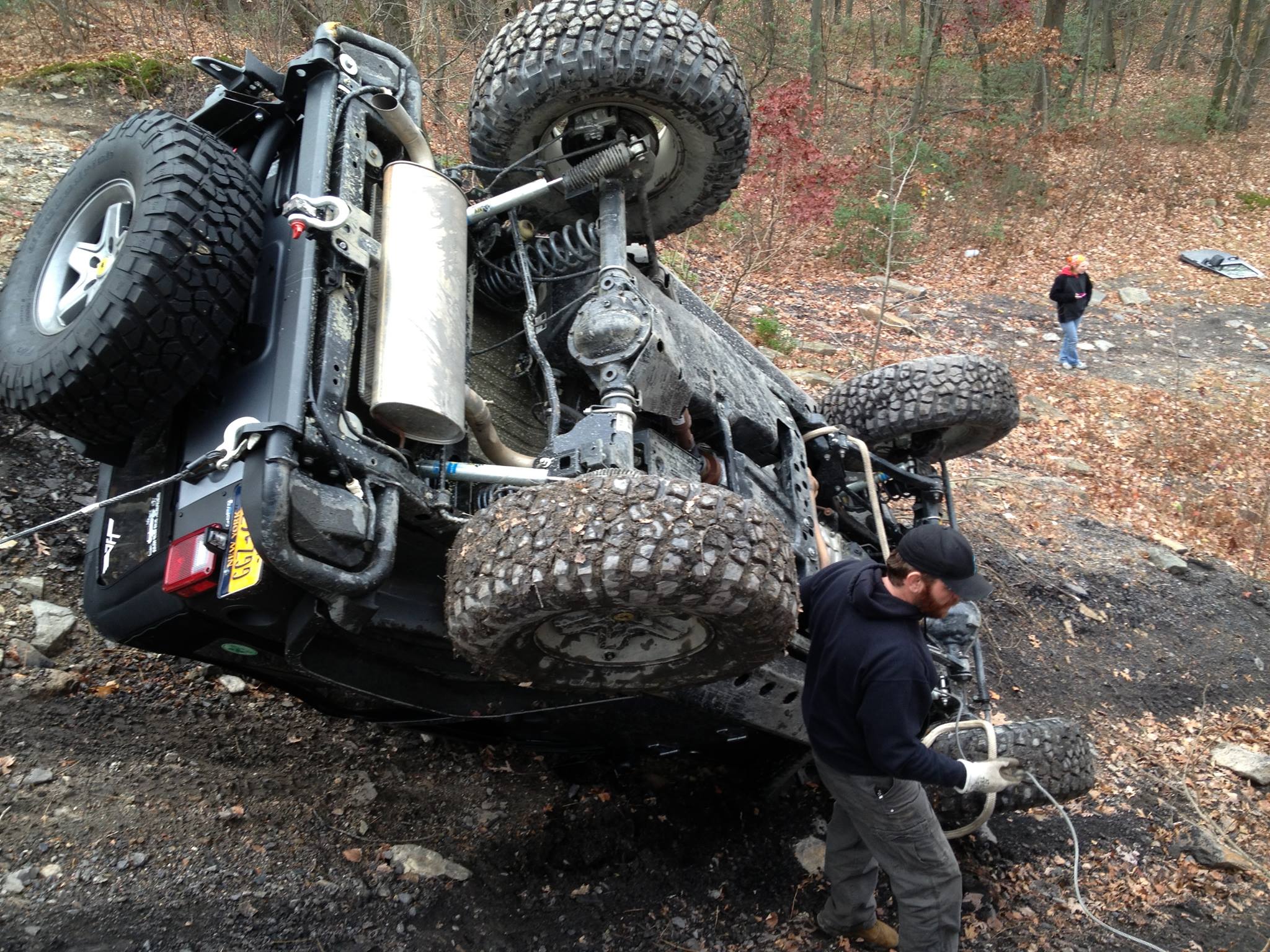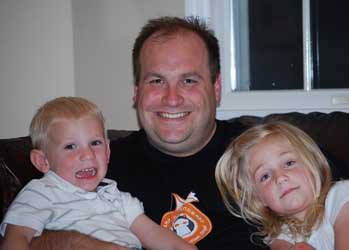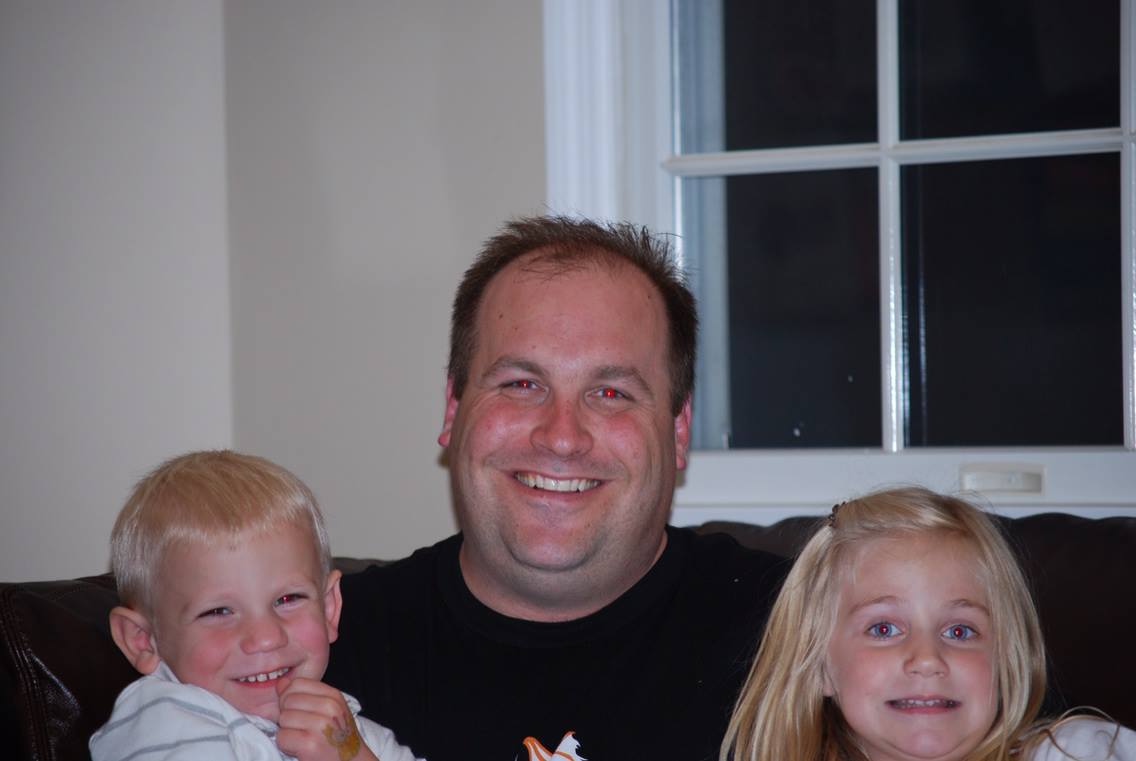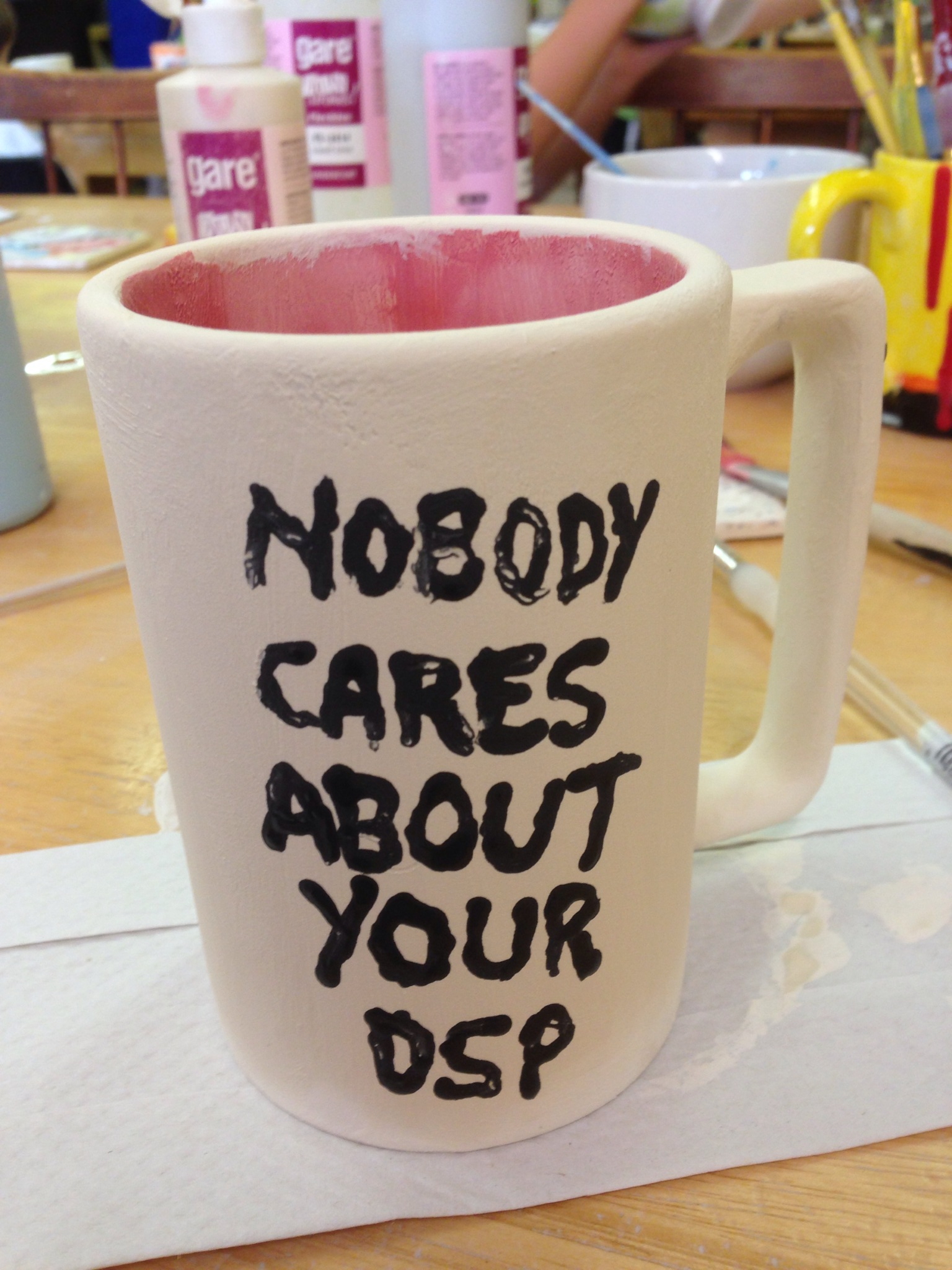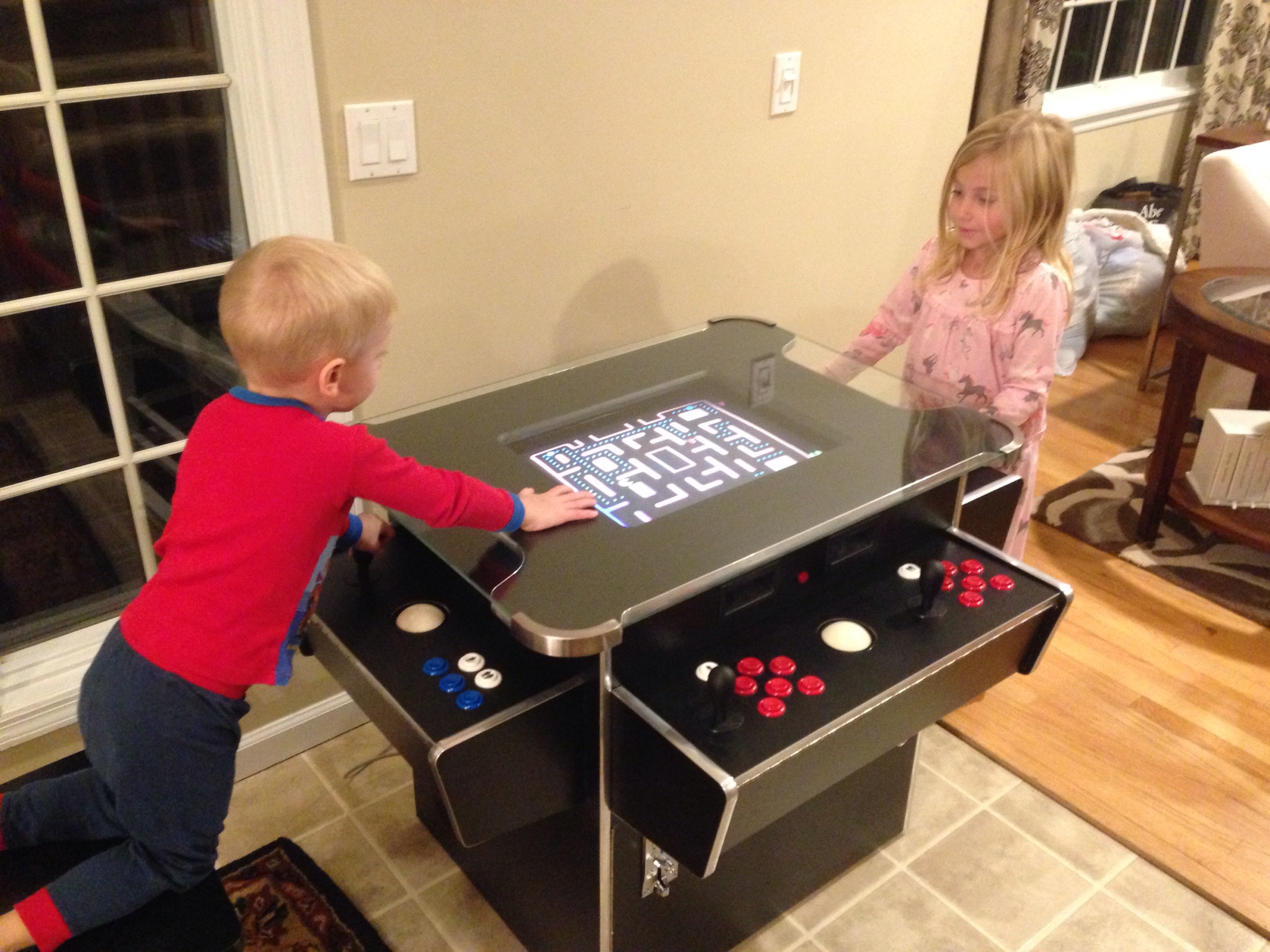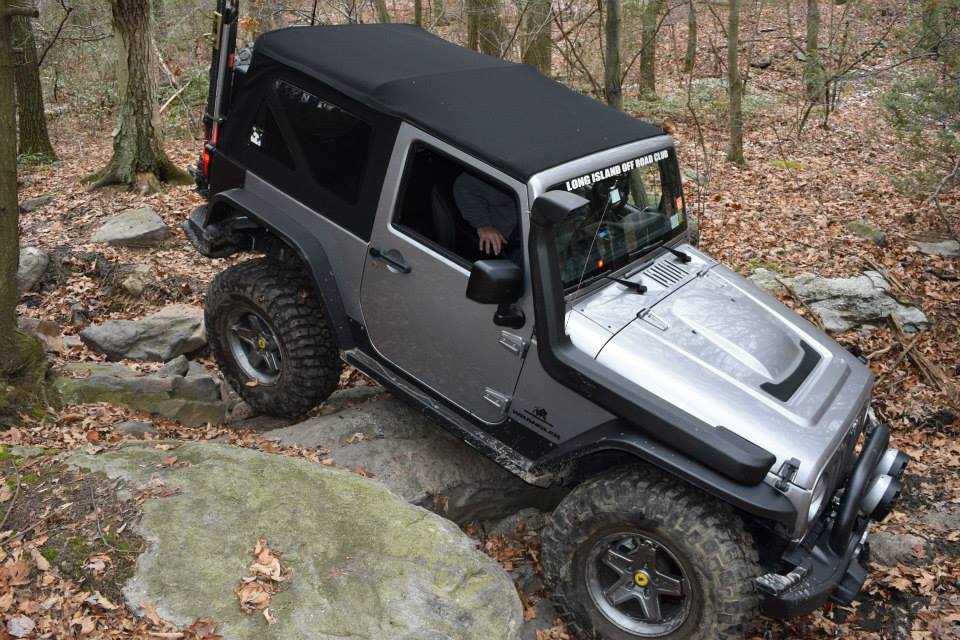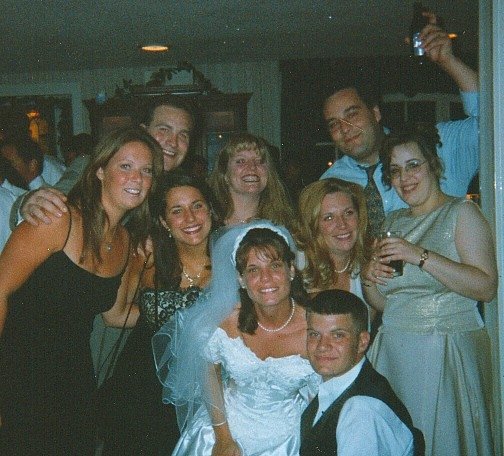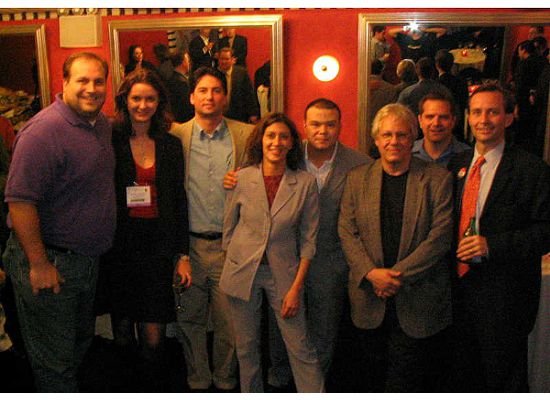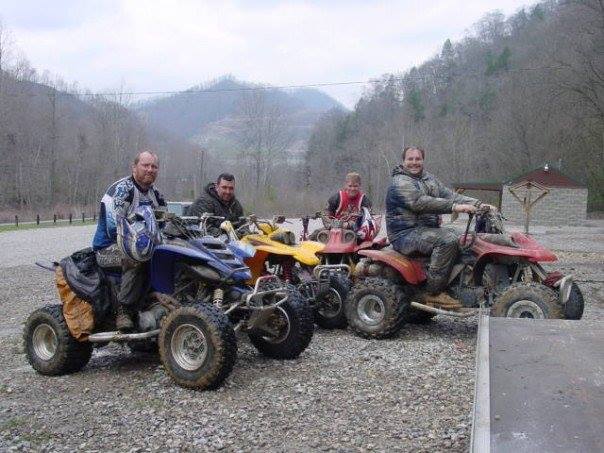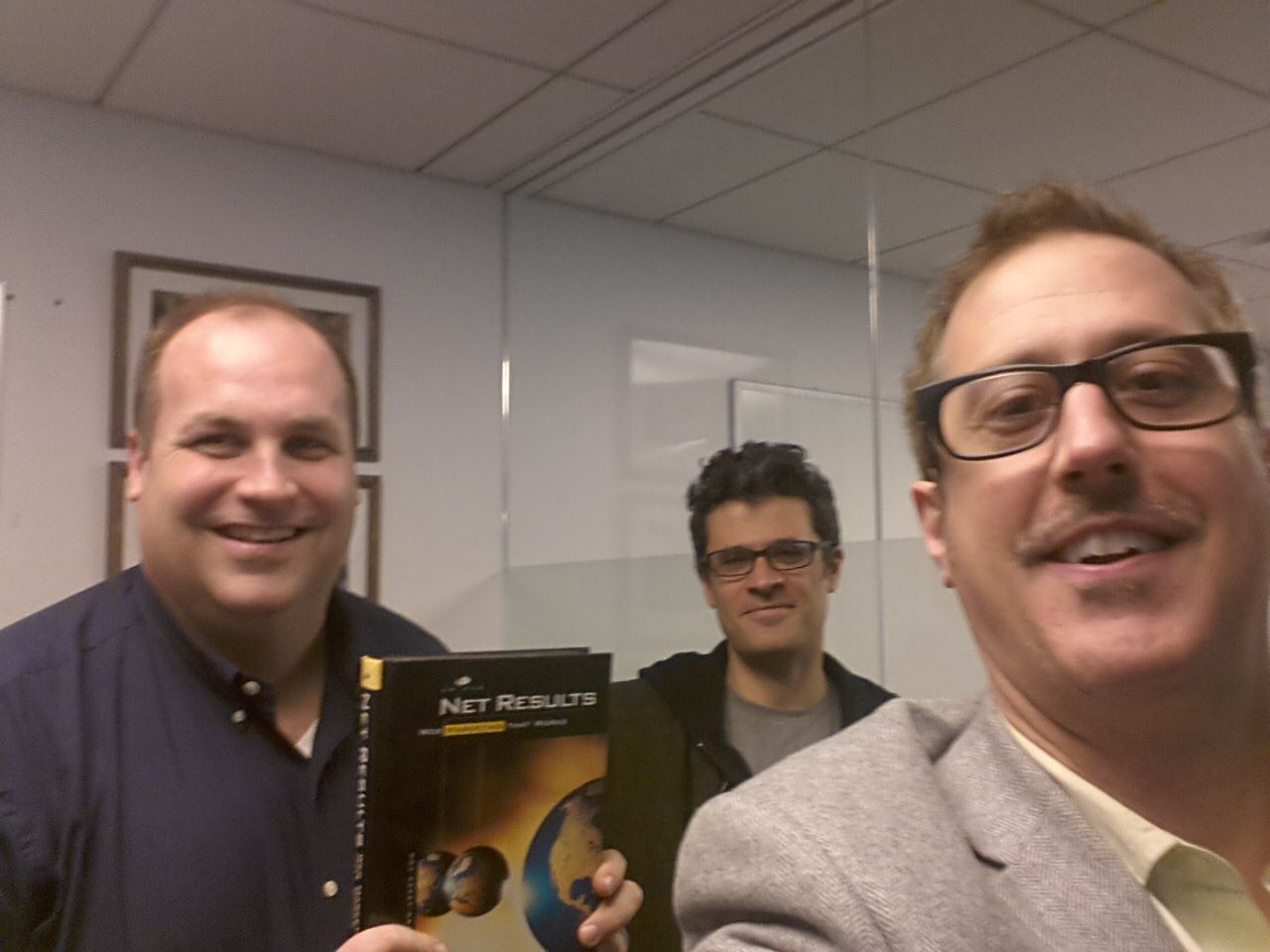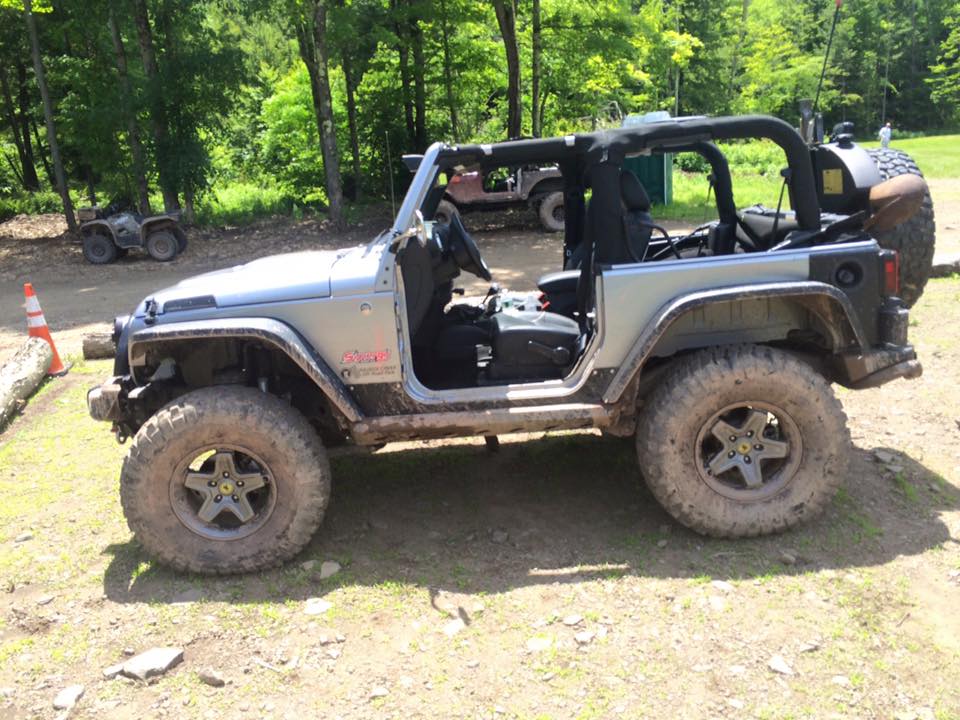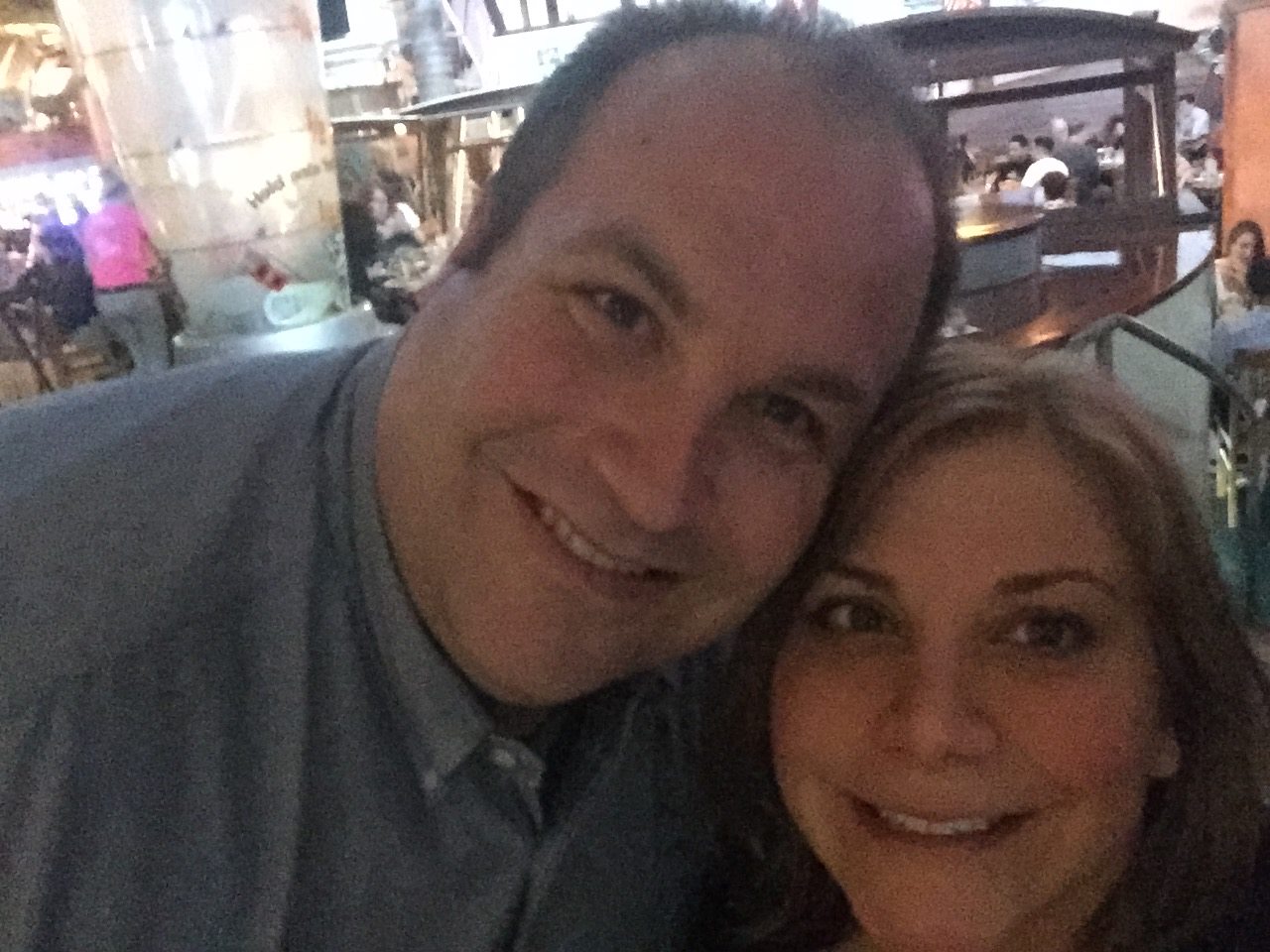Making stuff.
/Needing to understand how things work is part of my DNA. It goes back to my early experience with computers and tinkering.
I'm jealous of my friends who seem to have an intuitive understanding of how things work in the physical world. Good buds Dan Losquadro and Craig Larsen seem to get this stuff. Craig is one of those people who can have an excavator break down, and he'll be able to intuitively understand what could be wrong with it, and often fix whatever the problem is - often with materials he has laying around the place. It took a thorough re-reading of Zen and the Art of Motorcycle Maintenance to understand how Craig's brain works.
In the software world, I feel like my "How Stuff Works" intuition is pretty dead-on, but I've always been challenged by the notion of extending that intuition into the physical world. In 2002, on a whim, Craig and I decided to go buy ATVs. This not only launched a new hobby for me, but it started me down the path of understanding more about how engines, electrical systems and physical systems work. I went from a guy who needed guidance in how to change his own oil to someone who can troubleshoot simple problems with simple machinery like ATVs, dirt bikes and even cars. I still have a lot of learning to do, but there's a sense of pride that comes along with not being completely clueless about how vehicles work.
One frustation I've always had about being more skilled in the software world than in the physical world is that everything I would experiment with was confined to the limitations of computers and networks (I'm justifiably including the Internet in my definition of "networks.") In other words, I might be able to prompt a computer to get up and dance the way I wanted it to, but when it came to the physical world, I was limited. And the limits were dictated by device manufacturers and the ways in which they chose to extend software into the physical world.
For example, I might be able to figure out how to get a webcam to stream video to an iPad so I can watch the kids play in the basement without having to get up off the couch upstairs. But figuring that out doesn't involve manipulating the electronics of the camera or building my own device - it's strictly within the confines of software somebody else wrote in order for systems to operate within the physical world.
It's in our collective nature to want to mess with things, too. It was always frustrating that I understood how a webcam worked, how the software that ran it worked, but I didn't get how the two came together. Years ago, my friend Simon St. Laurent sent me, unprompted, a large cardboard box filled with books about hacks. Software hacks, Google Maps hacks, Retro video gaming hacks - all sorts of stuff from O'Reilly about messing with systems in order to manipulate them in the way we choose - to get up and dance the way we want them to. I spent a lot of time reading those books, but the biggest takeaway from that experience was that it reminded me that hacking is more than just a software thing, and that it's okay to fool with things we don't understand fully (and perhaps that we should celebrate that approach from time to time).
I'm excited to see that three things are coming together in the consumer world: Software chops, new ways of understanding hardware, and the hacker ethos. These three things are driving forces behind the Maker Movement, and before I describe what I think that means, it's necessary to rewind for a bit.
Over the summer, an agency consortium I'm part of was given an RFP from an existing client of ours, MathWorks. I can't get into the details for business confidentiality reasons, but I can say we didn't win the pitch. But it did afford us the opportunity to delve into the Maker Movement and what it's all about.
One of my big takeaways was that there are a number of products available that provide a way to address the connection between the software world and the physical world. Some of those products may seem like glorified Radio Shack 50-in-1 project kits, but they're not. By teaching some elementary electronic design, they're bridging the gap between the computer world and the physical world. Some of these projects are well-suited for product prototyping, as they can provide proof of concept that can then be assessed for production of real electronic consumer products. But I digress...
In many ways, components of the Maker Movement are extending what MathWorks does - out of the realm of professional design engineers and into the consumer world. Using online tutorials, information resources and collaboration, people can teach themselves electronic engineering and use hardware platforms like Arduino to begin making things. Useful things.
Naturally, because I'm so excited about this, I started doing it. I got some basic Arduino kits, a Raspberry Pi and I've started messing with them. I've done many of the basic Arduino tutorials, like wiring up various switches, LEDs and speakers, and using C++ code to do various things, like control the rate at which the LED blinks. I'll keep going until I understand enough to have a go at making something useful for my family, like maybe a motorized mount for my webcam, so I can move the webcam I described earlier, so I can see my kids when they move outside camera range. Or maybe I'll figure out how to make a garage door opener that really works. Along the way, I'm learning things about electronics I never knew before.
For instance, prior to starting the Arduino tutorials, here's what I knew about capacitors:
- They can store a charge, and
- If you see one inside a guitar amp, don't mess with it unless you want severe electrical burns.
Now, I'm learning about the what a capacitor really does, in the context of a circuit.
The hardware platforms I'm describing are being used, sometimes by middle school and high school students, to do things that many of us would consider very sophisticated: building autonomous robots, making a control system that monitors and adjusts the temperature of your barbecue, a basic sensor that messages you on your mobile phone when it detects water in your basement - stuff like that. It's giving rise to things like robotics clubs and making them cool.
What I'm hoping is that enough kids in school will be exposed to the Maker Movement, see the practical applications of a field of study, and we end up with a lot more young people getting interested in engineering. This will help train people to meet demand for electronics engineers in many different fields. If I had Bill Gates money right now, I'd be funding things like robotics clubs in schools at all levels. This thing has legs.

